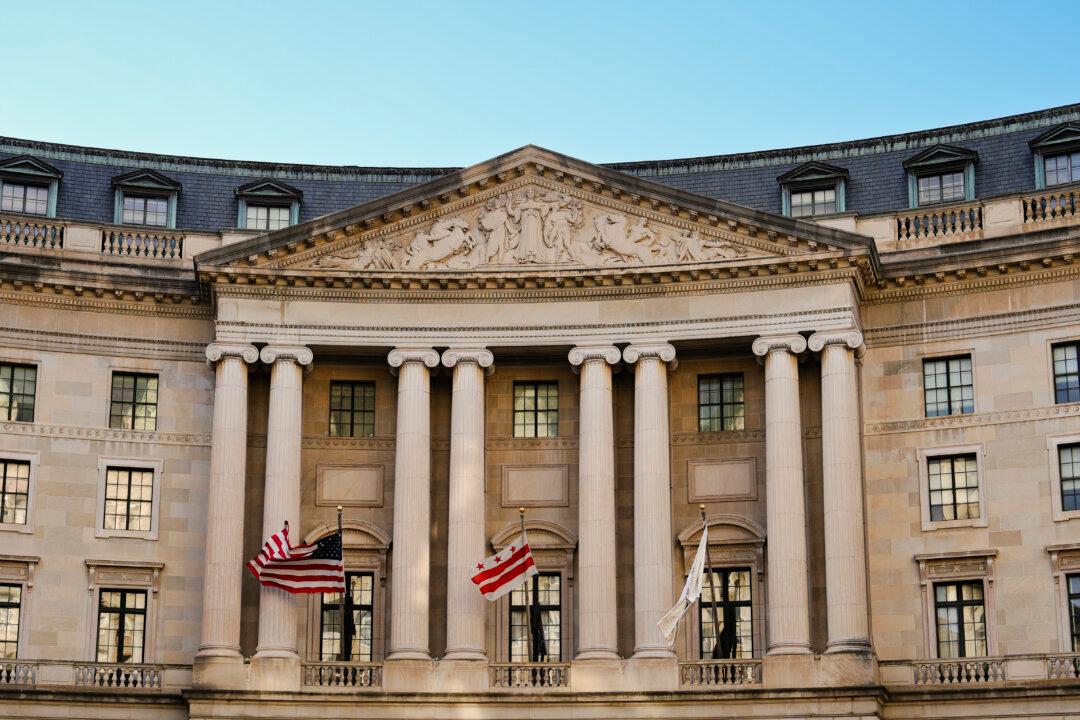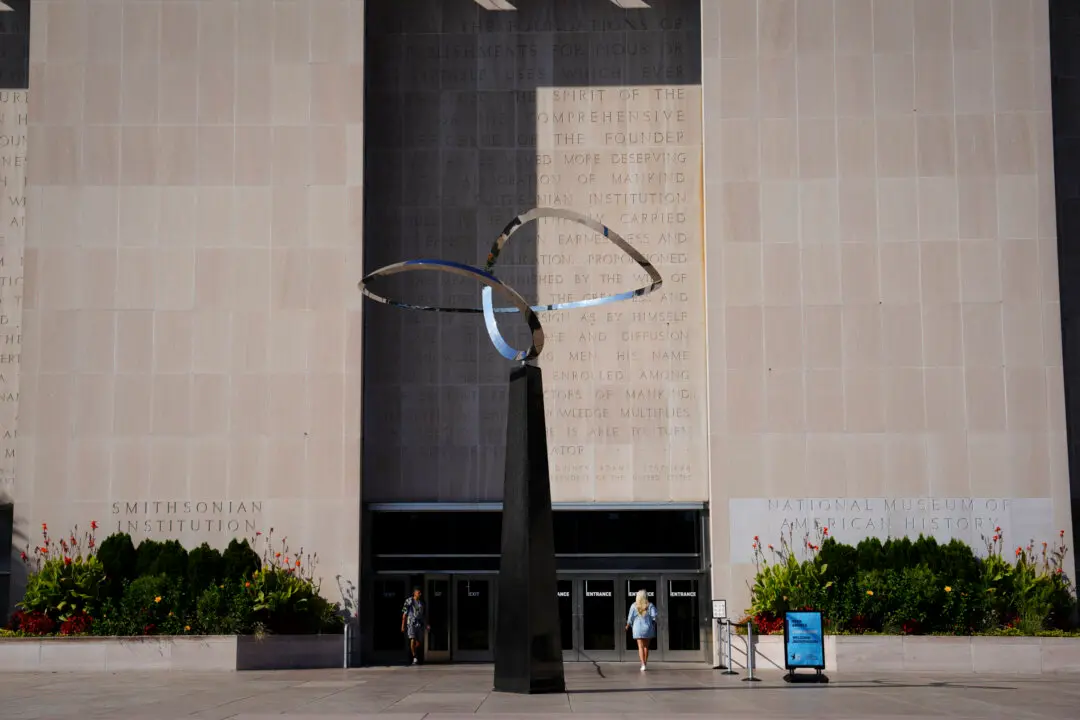A four-year, $186 million cleanup and restoration project at Spirit Lake near Duluth, Minnesota, is now complete, and the lake is open for public use, the U.S. Environmental Protection Agency (EPA) announced on July 10.
The lake had been contaminated by decades of excessive pollution from industrial and shipping activities but, after extensive dredging and construction, it now includes protected aquatic habitat, a sheltered bay for fish spawning, a cleaner lake bottom, and a two-mile waterfront trail, the agency said in a July 10 statement.





